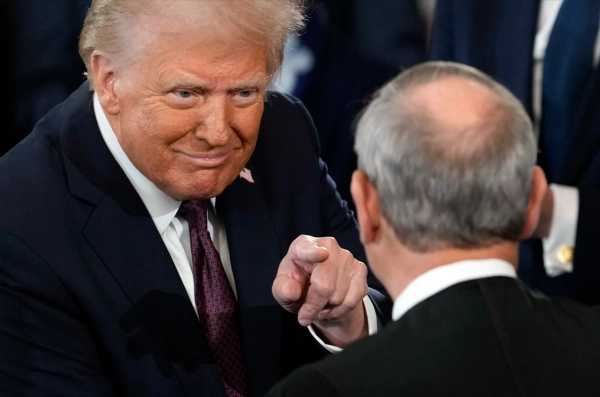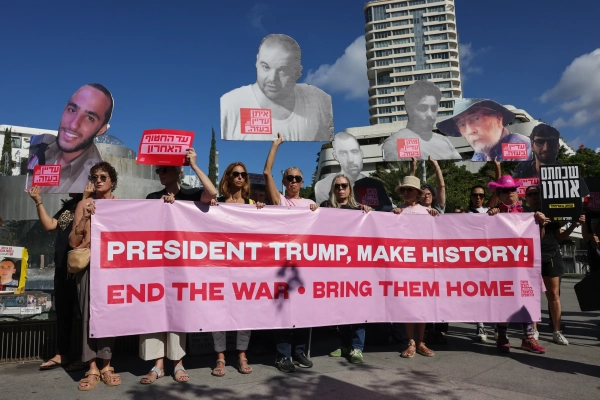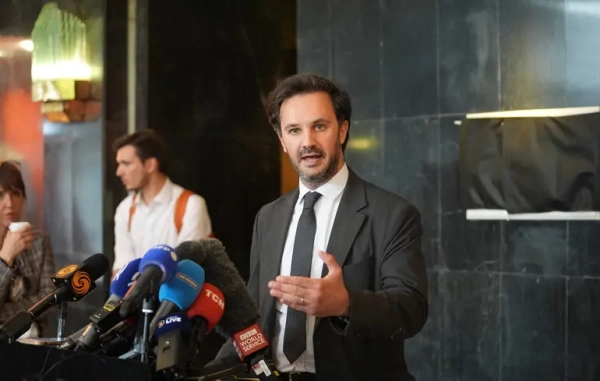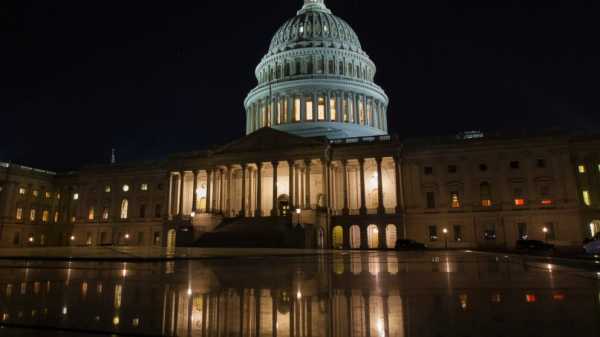
The six Republican-appointed justices have often acted as sycophants to their party’s leader. These are the same jurists who previously affirmed that President Donald Trump could engage in legally questionable actions without consequences.
Yet last May, the Court appeared to set a rare boundary in Trump v. Wilcox. While the ruling upheld Trump’s authority to dismiss heads of supposedly insulated federal agencies, it simultaneously suggested restrictions on removing Federal Reserve officials.
SCOTUS, Explained
Receive critical updates on Supreme Court proceedings from veteran analyst Ian Millhiser.
Email (required)Sign UpBy submitting your email, you agree to our Terms and Privacy Notice. This site is protected by reCAPTCHA and the Google Privacy Policy and Terms of Service apply.
The Court’s justification for shielding Fed officials was conspicuously muddled. Their opinion cited the Federal Reserve’s “unique quasi-private structure rooted in historical precedents of early U.S. banking institutions” — a rationale that defies clear interpretation.
This legal exception traces back to America’s foundational debate between Alexander Hamilton and Thomas Jefferson regarding congressional authority to establish financial institutions. Notably, that historical clash never addressed presidential removal powers over such entities.
The Court’s ambiguous boundary now faces immediate testing. Trump recently declared his intention to oust Federal Reserve Governor Lisa Cook, directly challenging the Wilcox precedent. His administration claims “for cause” justification through unproven allegations of residency discrepancies — a familiar tactic used against political opponents like New York AG Letitia James and Senator Adam Schiff.
Unlike typical Cabinet members serving at presidential discretion, Federal Reserve governors enjoy statutory protections against political removal. This insulation aims to preserve nonpartisan economic stewardship, particularly regarding interest rate decisions that balance inflation control and employment levels.
Related
- The Supreme Court recently exposed a genuine vulnerability concerning Trump
Conservative justices typically champion the “unitary executive” doctrine, opposing independent agency protections. Their Wilcox decision already empowered Trump to dismantle labor and civil service oversight boards. The Fed exemption remains their sole arbitrary restraint on this theory.
Cook’s impending legal challenge guarantees Supreme Court scrutiny, forcing the justices to either uphold their flimsy Fed distinction or abandon it to accommodate their political ally.
Deconstructing the “unitary executive” doctrine
This constitutional interpretation stems from Article II’s vestment of “executive power” in the presidency. Justice Scalia’s influential 1988 dissent framed this as absolute presidential authority over all executive functions — a view now treated as gospel by the Court’s conservatives.
Yet the doctrine’s application reveals glaring inconsistencies. While recent rulings declare criminal prosecution an exclusively presidential power, historical practice contradicts this. Early U.S. law permitted private citizens and judges to initiate federal cases, with residual mechanisms still allowing judicial appointment of prosecutors.
The Fed’s special status under Wilcox further undermines doctrinal coherence. If presidential authority is truly indivisible, historical banking precedents shouldn’t justify exceptions. The pattern suggests result-oriented jurisprudence rather than principled constitutional analysis.
Related
- The Supreme Court delivers baffling reasoning in revoked funding case
This exposes the Court’s recurring dilemma: Their decisions appear less concerned with constitutional fidelity than expanding partisan influence. The Cook case will reveal whether they prioritize doctrinal purity or protecting financial markets from political manipulation.
Economic realities temper judicial ideology
While legal scholars critique the Court’s logical leaps, economists recognize the stakes of Fed independence. Interest rate adjustments require delicate calibration between curbing inflation and sustaining growth — decisions vulnerable to short-term political exploitation.
Historical precedent demonstrates the dangers: Nixon’s 1972 pressure on Fed Chair Arthur Burns precipitated temporary pre-election growth followed by prolonged stagflation. This cautionary tale explains why even conservative justices hesitate to empower presidential meddling in monetary policy.
The Court’s financial self-interest might also play a role — conservative jurisprudence bends to ideology, but not enough to crash markets. However, their track record of capitulating to Trump’s demands casts doubt on whether they’ll maintain even this self-interested restraint.
Ultimately, the Cook confrontation will test whether the Wilcox decision reflected genuine constitutional analysis or temporary prudence. The justices must choose between reinforcing their fragile Fed exception or erasing it to serve their political benefactor.
Source: vox.com






